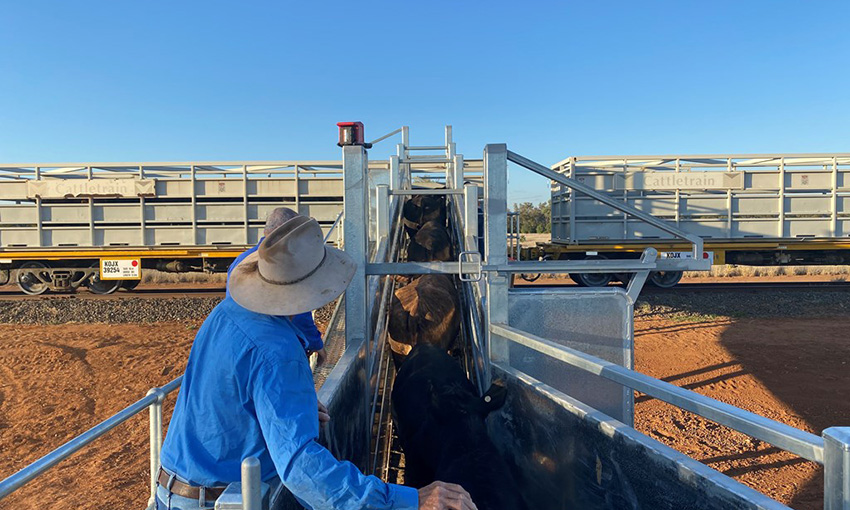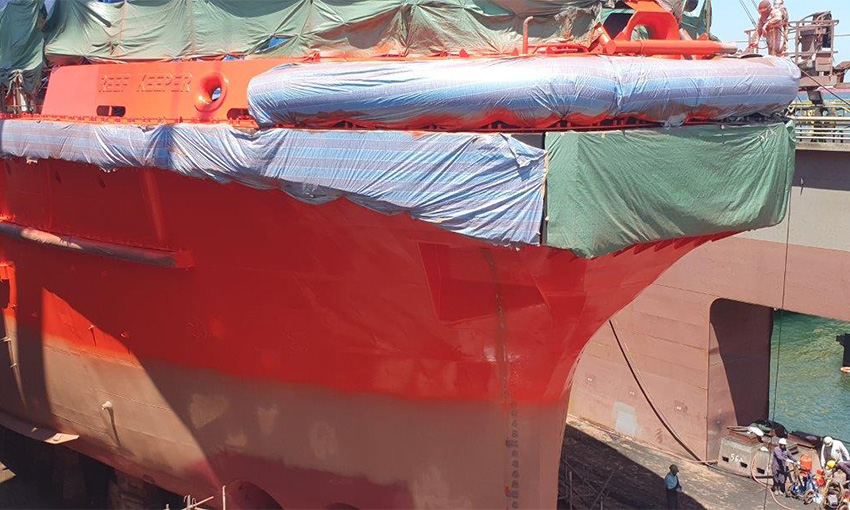THE QUEENSLAND government has announced a $3.3-million investment to improve cattle loading capabilities at yards at Cloncurry, Hughenden, and Maxwelton on the Mount Isa rail line.
The government said the improvements would enhance the efficiency of loading cattle and support cattle trains running at full capacity to the east coast.
The investment package follows more than $7 million commitments for rail siding upgrades at Maxwelton and Julia Creek.
Queensland transport minister Mark Bailey said the yards are a critical part of the cattle supply chain.
“We want more cattle on rail and are planning to have more capacity to load cattle onto trains moving into 2024 and beyond,” he said.
“We want cattle trains running out of these locations to be efficient and at maximum capacity so we can get the full benefits of running rail services.”
Cloncurry Mayor Greg Campbell said the Cloncurry Saleyards have yet to realise their full potential, as the current condition of the rail load out poses challenges to efficient livestock handling.
“Purpose-built and serviceable infrastructure will be a draw card for pastoralists in North Australia, as they are looking for the most cost-effective way to deliver cattle to ports, meatworks, and saleyards,” he said.
“An efficient saleyard in Cloncurry will not only attract livestock from North West Queensland but the Northern Territory and Western Australia too.”
Mayor John Wharton of the Richmond Shire Council said he expects a significant increase in cattle being loaded from Maxwelton in the coming years.
“With grain crops and farming already being successful at Maxwelton, Richmond Shire have plans to develop a feedlot and centre pivot on site also. This will allow Northern Gulf cattle to come down and spend 90 days in the feedlot, then be loaded on the train straight to the processor,” he said.
“This would create a cattle transport hub and farming depot for grain and silage to feed cattle. The whole complex will contribute to a great asset for Northern Australian cattle industry in the future.”





